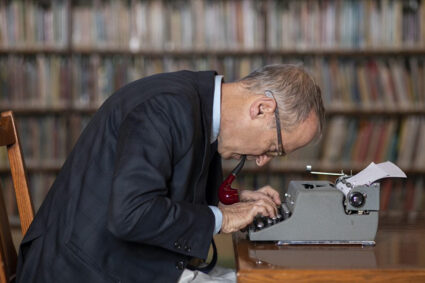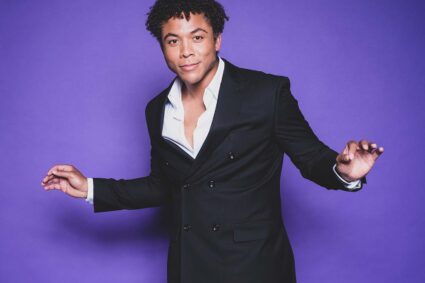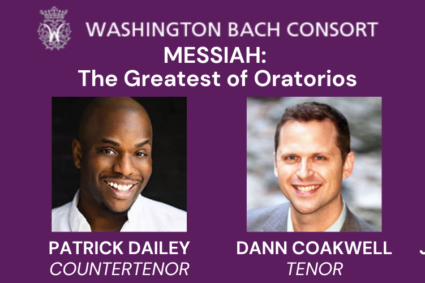
Concert Revue By Alan Duckworth
Another splendid National Philharmonic presentation of Bach occurred Saturday and Sunday at The Music Center at Strathmore. It has been common of the NPO to perform J.S. Bach BWV concerts, usually dedicating an entire performance to the composer. Tonight’s presentation featured soloist Rosa Lamoreaux, soprano; Magdalena Wór, mezzo-soprano; Mathew Smith, tenor and Christopher Nomura, baritone. Along with the National Philharmonic’s nearly 200 voice chorale conducted by Stan Engebretson, this was an exquisite masterpiece of the choral art form.
Bach’s Mass in B Minor, BWV 232 was Bach’s last completed piece before his death in 1750, and reflects his deep religious convictions. The timing of its completion almost mirrors itself a requiem like that of Mozart, but the glorious nature of the suite is a mass of celebration. Mozart believed he was writing his own requiem, so maybe Bach believed this to be his final mass and he was making his peace with god.
Soloist Rosa Lamoreaux’s experience really shows during her performance; it’s easy to see why she is so highly regarded as a chamber soloist. I could only imagine her sounding even more magnificent in close confines.
The pairing of Rosa Lamoreaux and Magdalena Wor for the Christe eleison Duet was glorious. Magdalena Wór’s soothing, emotional aesthetic is a great base for Rosa’s precise acuity. Magdalena is great at communicating with body language. She projects her sound through a presentation of gestures as if she’s conducting the audience to respond in a certain manner and it works!
Tenor Mathew Smith also accompanied Rosa for the Domine Deus Duet. Mathew’s calming and pleasant tone really complimented the religious intrigues of this presentation. His aria for Benedictus had a flute compliment that sounded really nice.
Christopher Nomura had a breathtaking performance of Et in Spiritum Sanctum. Nomura’s voice is so powerful and dynamic, he can project in a variety of volumes and tones. I referred to his performance as breathtaking because he literally sang an elongated sequence of notes and without even taking a breath and then erupted with sound afterwards. I don’t know how anybody could hold their breath that long and finish so powerfully.
As good as the solos were, the National Philharmonic orchestra and choir was just as great. The orchestra performed magnificently! Although this was a Bach concert, instrumentally I couldn’t help but think of the Jean-Joseph Mouret piece, Fanfare-Rondeau. Bach was around the same time period and also has the great sound of triumphant French horns.
The chorale really set themselves apart with a magnificent performance. The vocal complexities of this mass are known for transcending the vocal art form into what it is today. It was very elaborate and executed nicely with the help of conductor Stan Engebretson.
The orchestral ensemble utilized a pipe organ that really brought out the chorale instrumentation of the piece. The pipe organ is like a synthetic choir. Even if you were to look at the arrangement of keys on a pipe organ and compare them to a full chorale ensemble, I think you will find some resemblance. Having a full choir with a pipe organ is fantastic because the chorus has the ability to fully enunciate the spoken language of the tone, the pipe organ being a complimentary feature. Written music started as broken down language syllables like, hall-e-lu-jah, hallelujah. Written language itself is just a graphic representation of sound.
This was a great concert; it’s J.S. Bach! Any well-executed attempt to perform this masterpiece is going to have great results and it was executed in an exemplary fashion.


